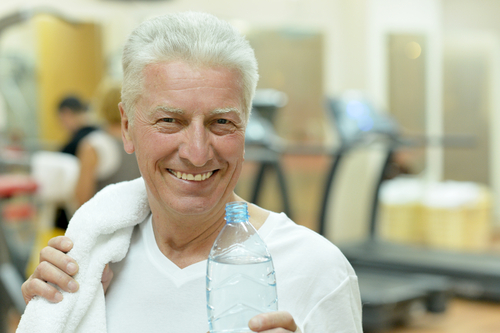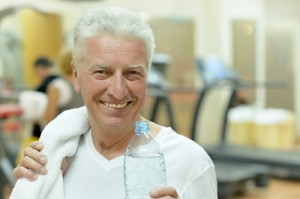Pulmonary Arterial Hypertension Participants Part of Study Designed To Improve Understanding of Oxygen Uptake During Exercise

 In a study entitled “Oxygen kinetics during 6-minute walk tests in patients with cardiovascular and pulmonary disease” recently published in BMC Pulmonary Medicine, the authors of the research describe how their newly developed mean response time (MRT) index (wMRT), which is based on measuring oxygen uptake at the onset of exercise, can be used as a prognosis for patients with congestive heart failure (CHF). The findings from the study are of particular note to the Pulmonary Hypertension community, since the experiments involved in the research centered on participants with Pulmonary Arterial Hypertension.
In a study entitled “Oxygen kinetics during 6-minute walk tests in patients with cardiovascular and pulmonary disease” recently published in BMC Pulmonary Medicine, the authors of the research describe how their newly developed mean response time (MRT) index (wMRT), which is based on measuring oxygen uptake at the onset of exercise, can be used as a prognosis for patients with congestive heart failure (CHF). The findings from the study are of particular note to the Pulmonary Hypertension community, since the experiments involved in the research centered on participants with Pulmonary Arterial Hypertension.
[adrotate group=”4″]
Patients with chronic pulmonary or cardiac disorders were shown to experience slower oxygen uptake (VO2) in a constant work exercise (VO2 on-kinetics). The authors postulated that increased knowledge of the determinants of oxygen uptake during exercise would lead to a better understanding of what is lacking in patients with chronic pulmonary or cardiac disorders. Since no data is currently available linking how VO2 on-kinetics can report the functional capacity of oxygen uptake in these patients, in this study the team used mobile telemetric cardiopulmonary monitoring (MOB) to analyze VO2 on-kinetics at the start of exercise in patients with different pulmonary and cardiovascular disorders.
[adrotate group=”3″]
For the study, patients at the Pulmonary Division of the University Hospital Basel, Switzerland were recruited, while healthy control individuals were hospital staff and students. In total, 282 individuals were analyzed. The analysis showed that VO2 on-kinetics at the onset of the exercise was higher in patients than healthy controls, specifically in pulmonary arterial hypertension (PAH) patients. However, VO2 on-kinetics at the onset of the exercise was associated with higher death and re-hospitalization rates only in congestive heart failure patients, and not in the PAH participants.
Based on this new data, researchers are now in a better position to advance therapeutic practices for patients with pulmonary and cardiac disorders, including people who suffer from PAH.







